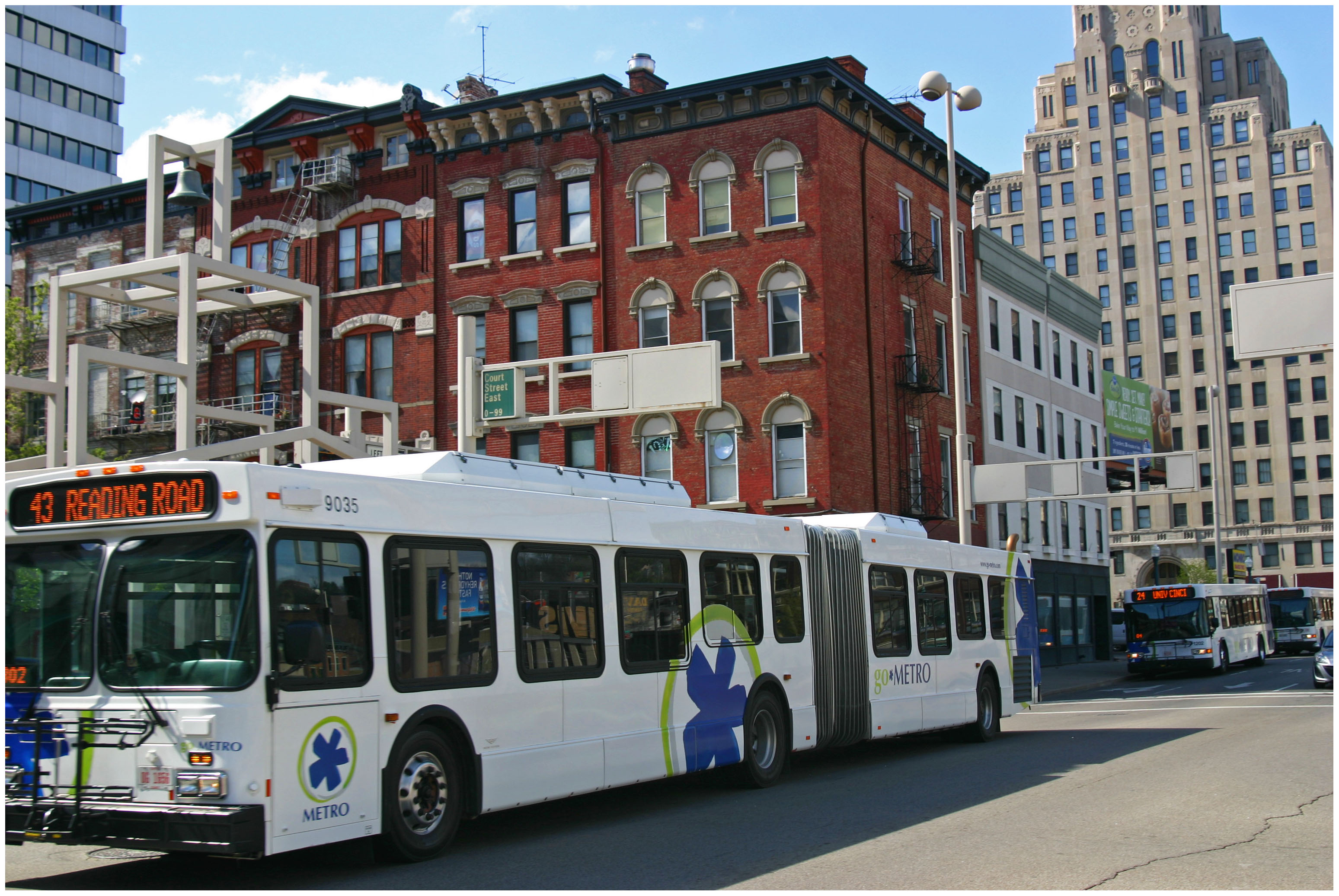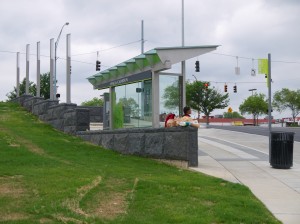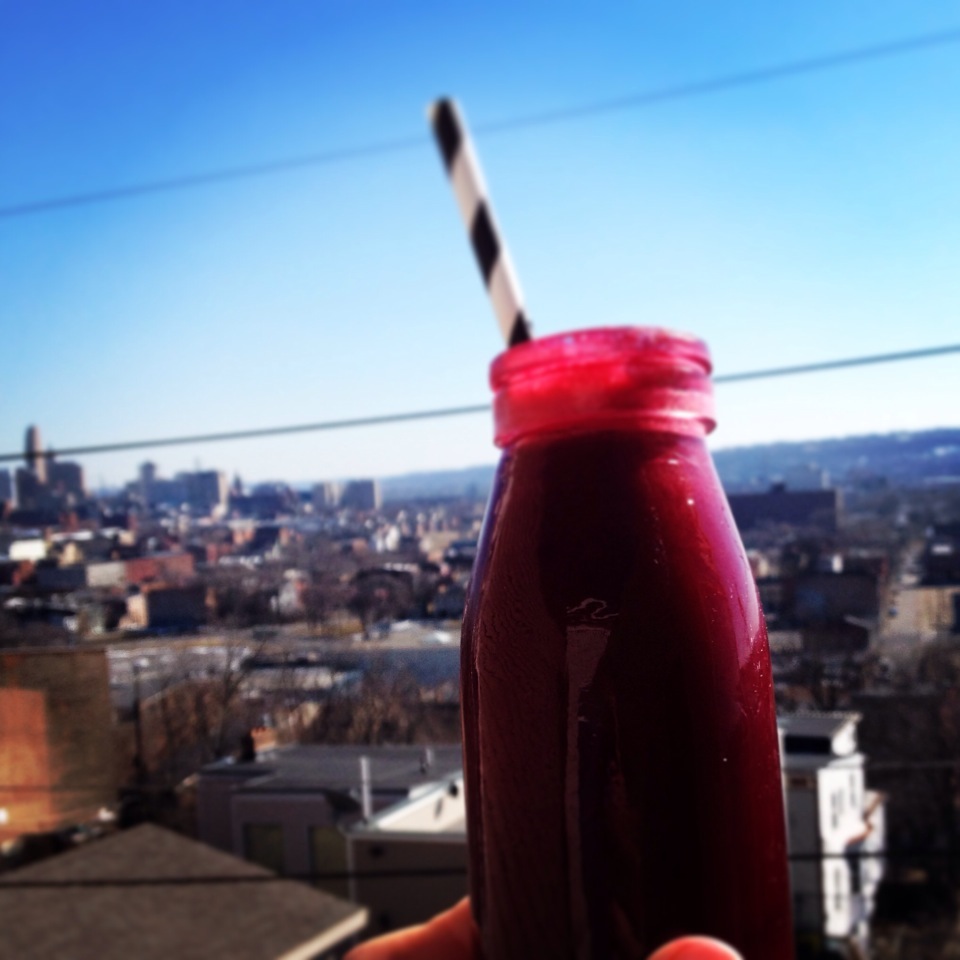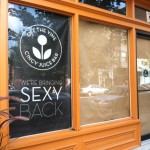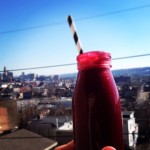How to grow the ranks of minorities riding bikes?.
It can sometimes feel like the growing amount of discussion regarding bike infrastructure is being driven by wealthy white people moving back into the city. But between 2001 and 2009, the League of American Bicyclists found that it was Hispanic, African American and Asian America populations that saw the fastest growth as a share of all bike trips, and that those numbers could grow even more if the right policy choices are made. More from Urbanful:
The LAB report found that 26% of people of color would potentially ride more but worry about safety of riding in traffic. Part of that could be fixed by better infrastructure like bike lanes.
Bike infrastructure like protected lanes is critical a long-term investment in minority communities. “People need to keep a close eye on the plans to ensure that communities of color get the same high-quality infrastructure as everywhere else. That will provide for the hundreds of people already pedaling along as well as attract more to join them,” said Marven Norman, vice president of the Inland Empire Biking Alliance, in response to a Green Lane Project article on minority bike use.
